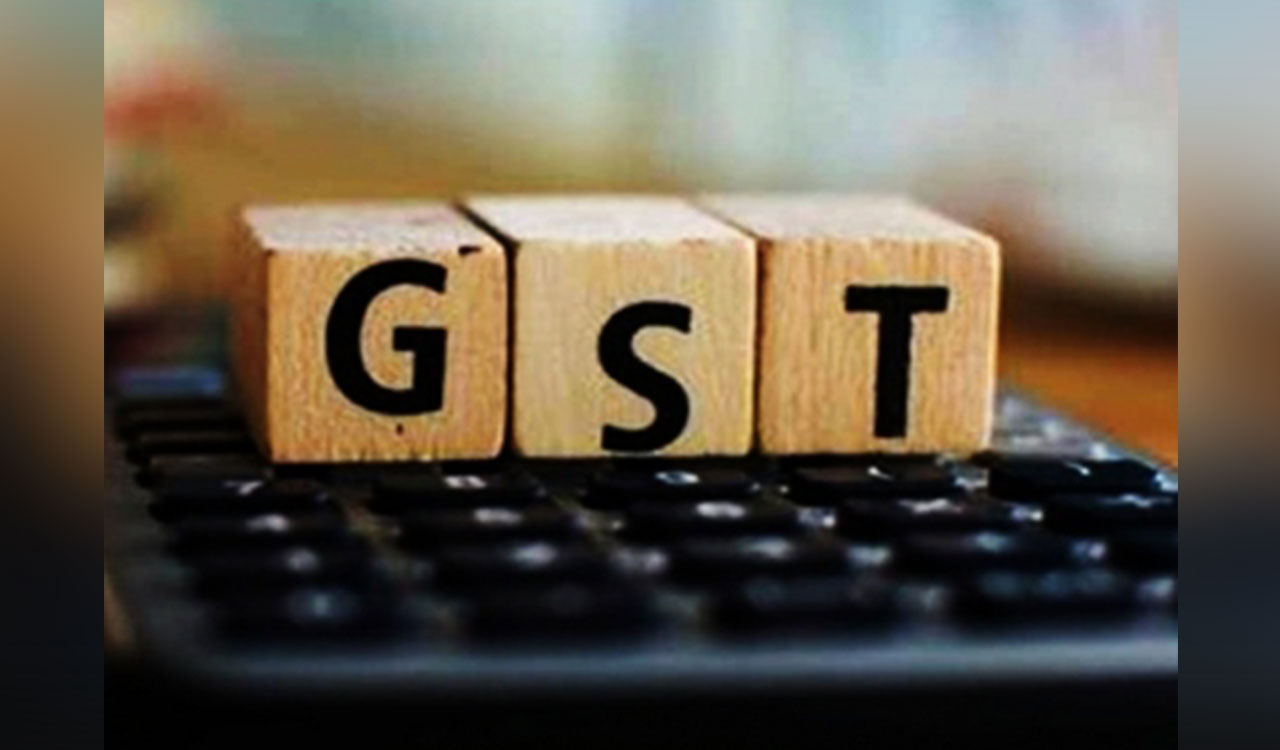India's GST Reform: New Two-Tier System Promises Relief for Consumers & Businesses

New Delhi – In a significant move towards simplifying the Goods and Services Tax (GST) system, the Finance Ministry has unveiled a proposed two-tier structure comprising 'standard' and 'merit' slabs. This reform, directly linked to Prime Minister Narendra Modi's Independence Day commitment to ease the tax burden on essential and aspirational goods, aims to streamline the tax landscape and boost economic growth.
Understanding the Proposed System
The core idea behind the new system is to categorize goods and services based on their essentiality and societal impact. The 'standard' slab would apply to a broad range of products and services, while the 'merit' slab would be reserved for items deemed essential or those with high growth potential. This differentiation allows for targeted tax reductions on goods that impact a large segment of the population or stimulate economic activity.
Why a Two-Tier System?
The current GST structure, with its multiple tax rates, has often been criticized for its complexity and the administrative burdens it places on businesses. A two-tier system promises to address these concerns by:
- Simplifying Compliance: Fewer tax rates mean less confusion and reduced compliance costs for businesses, particularly small and medium-sized enterprises (SMEs).
- Boosting Consumer Spending: Lowering taxes on essential goods directly benefits consumers, increasing their disposable income and potentially stimulating demand.
- Promoting Economic Growth: Targeted tax reductions on 'merit' goods can incentivize production and investment in key sectors, driving economic expansion.
- Aligning with PM Modi's Vision: This reform aligns with the government's broader agenda of 'Ease of Doing Business' and ensuring equitable distribution of wealth.
Potential Impact & Challenges
While the proposal is widely welcomed, several challenges remain. Determining the precise categorization of goods under each slab will be crucial. A transparent and objective criteria based on factors like essentiality, impact on inflation, and contribution to economic growth is essential. Revenue neutrality, ensuring that the reform doesn't lead to a significant loss of government revenue, will also be a key consideration. The Finance Ministry is expected to conduct extensive consultations with state governments and industry stakeholders before finalizing the new structure.
Looking Ahead
The proposed two-tier GST system represents a significant step towards a more efficient and equitable tax regime in India. If implemented successfully, it has the potential to unlock economic growth, benefit consumers, and simplify the lives of businesses. The coming months will be critical as the government navigates the complexities of implementation and ensures that the reform delivers on its promises.

)



